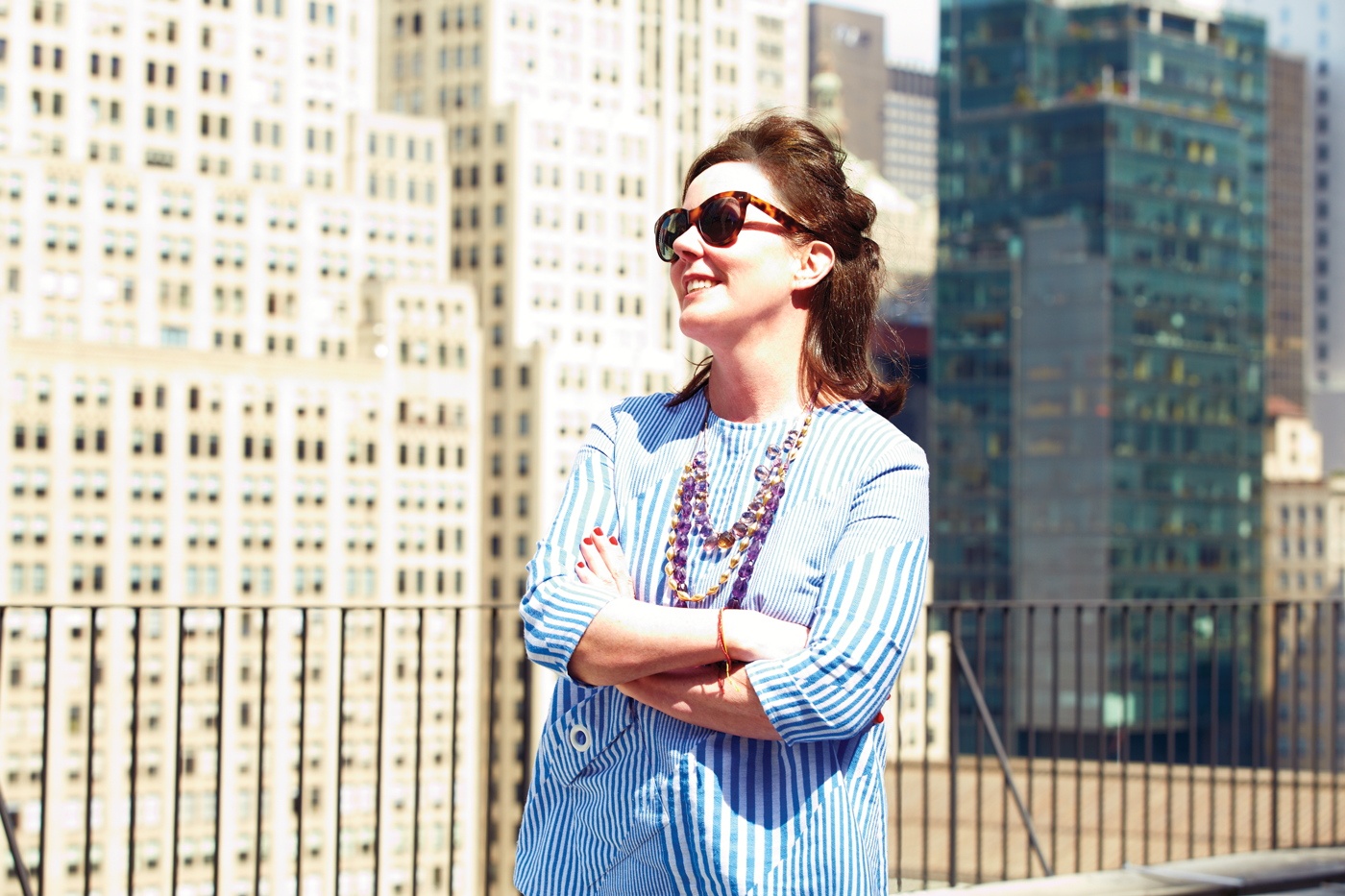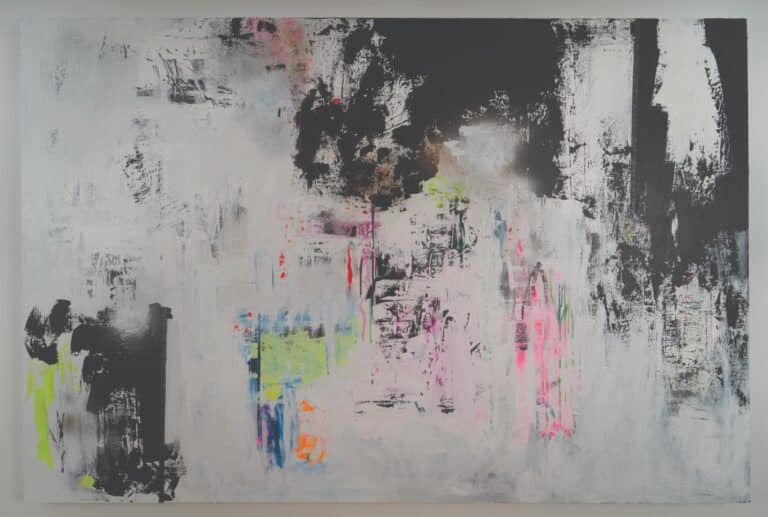The New York fashion designer started out with an idea for a simple black handbag—and then spun that into an iconic, multimillion-dollar brand. Now, she’s back with a new venture: Frances Valentine, an accessory line that’s already taking off and breaking expectations. Here, Spade talks about the importance of collaborating with those you trust, taking calculated risks and staying relevant in a changing industry.
“I love what I do, but I’m not a big risk taker,” says designer Kate Spade. Before launching her generation-defining accessories and lifestyle line in 1993, the Kansas City native remembers agonizing over whether or not to spend $500 on webbing material for her first black nylon handbags. Money was tight—Spade had left her job as an editor at Mademoiselle and cashed in her 401(k) to fund her fledgling label. Her business partner and boyfriend (later husband) Andy Spade had also drained his savings account, but otherwise, the couple hadn’t borrowed “a dime, not even a nickel” from outside investors. Hence, the hand-wringing. “But then, Andy looked at me and said, ‘Katie, it’s the webbing that’s going on every single one of your bags,’” says Spade. “‘Five hundred dollars is not that much!’”
Turns out, the investment paid off. Spade’s perfectly sleek totes—and later messenger bags and mini backpacks—were such a hit that they skyrocketed her brand to success, becoming the foundation of a multi million-dollar company. Sales jumped from $40,000 in her first year to $1.2 million three years later. Spade says her inspiration to start the line came from not being able to find the kind of bag she wanted to carry. “In the early ‘90s, everything was frills and bells and whistles,” she says. “I was like, ‘No, I just want this really chic, square black bag. That’s all I want.’”
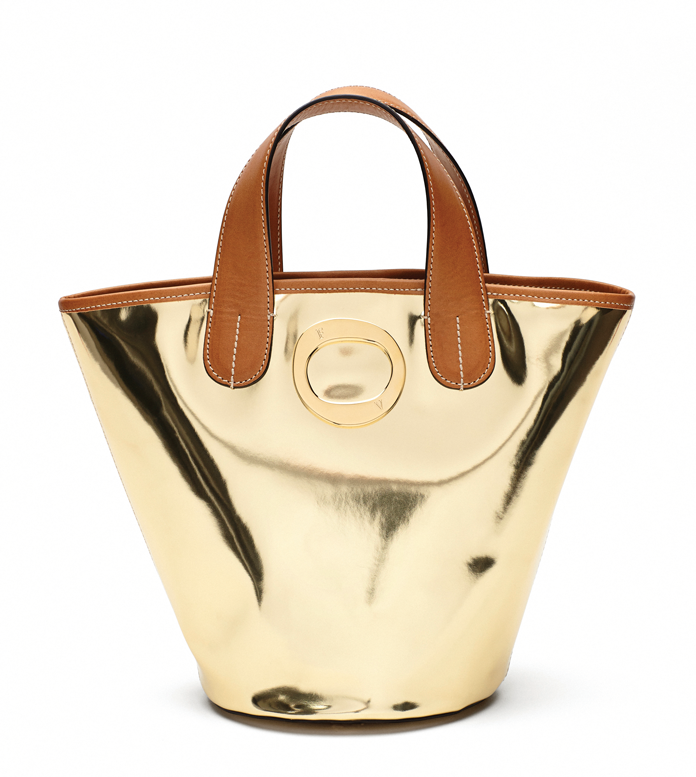
It’s what everyone else wanted, too. Spade’s pared-down designs featured one discrete yet instantly recognizable embellishment: a tiny “kate spade new york” label, stitched on the outside. Department stores soon swooped in to pick up the brand, and Spade’s creations become the definition of “it-bags,” seen on the arms of everyone including celebrities like Julia Roberts and Gwyneth Paltrow. Spade eventually expanded her empire to include such goods as shoes, clothing and fragrance, while steadily opening retail stores along the way. By 2006, a little more than a decade after its debut, the brand was reportedly worth $100 million.
And then in 2007, Spade turned over the reigns of the company to Liz Claiborne Inc., and formally stepped down from the namesake brand she had built from the ground up. The decision, she says, wasn’t hard. “I’d reached that point, where it had nothing to do with the design, it was a conflict of time. My daughter was at that age where I thought, ‘I cannot miss out on this.’ She’s starting to understand if you’re there or not, and I thought: ‘I want to be there.’”
For the next eight years, Spade focused her energy on raising her daughter, Frances Beatrix, who is now 11 years old. She also found time to recharge her batteries, get involved with charities, and just live her life. “Let’s be honest, I started to work out! It was a great time, and I loved it,” Spade says of her break from fashion. Previously, there had been little time for sleep, let alone lacing up her sneakers. “After my daughter was born, I would have meetings up in my living room. People would be lined up to see me and I’d be like, ‘I’ll be right back, it’s time for her to eat!’” Spade relished it all, but knew she needed a change of pace. “Some people can make it work beautifully,” she says of balancing the demands of a 24/7 job and motherhood. “Every woman makes the decision that’s right for her. But I felt like for me, this was the way to do it.”
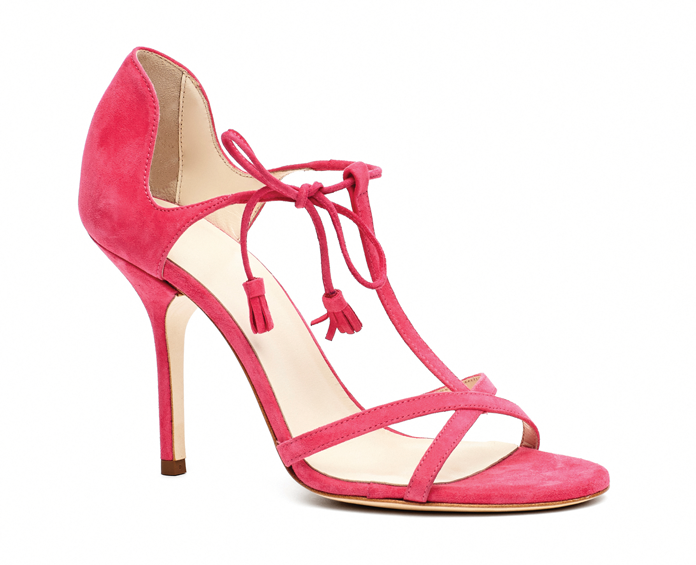
Spade kept in touch with her colleagues, including her former design director Paola Venturi, who had left the company and eventually went to Prada. The two kicked around the idea of launching another accessories line, but the timing was never right. Until one day it was. “I said, you know, I think we’re ready. And she said, ‘I want to do it,’” Spade remarks.
So this year, Spade reunited her original dream team—her husband Andy, Venturi, and Elyce Arons, previously a partner and head of operations at kate spade—to launch Frances Valentine, a beautifully crafted line of shoes and handbags. “We’re all partners in it together. I think it’s important to give people ownership, and a reason to want to do this,” explains Spade. The brand is not named after her daughter, but Spade’s mother’s and father’s family names. “I told her the company is named after her grandparents, so she has no feeling that it’s her thing,” says Spade. “If this doesn’t work, I don’t want her to feel ashamed. And if it does work, I don’t want her to get an ego about it!”
Not surprisingly, Spade’s return to fashion has caused considerable buzz, especially since her namesake brand is very much alive and present, and could be seen as a competitor. “My family is like, ‘Why would you do that?’” laughs Spade, adding that, “Michael Kors said the funniest thing to me at a dinner party. He asked, ‘Why the hell would you put your hand back in the blender? You had your out, you should have run!’”
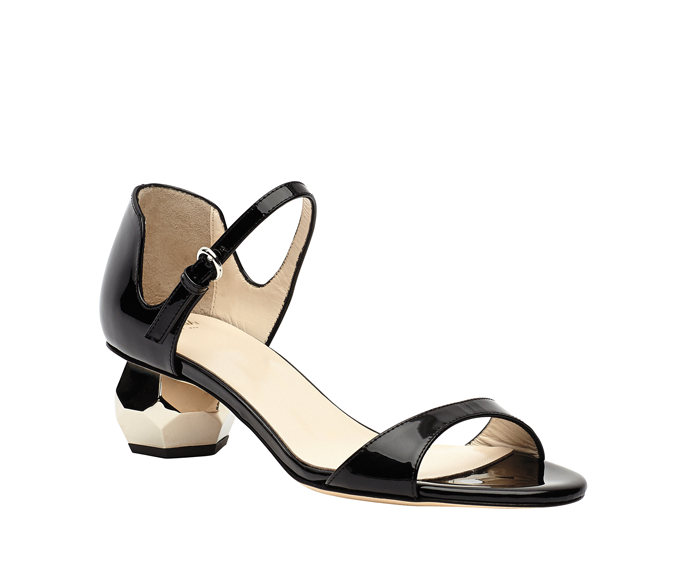
But all of it—from idea generation to final design creation—is a switch that Spade can’t turn off, even if she wanted to. Besides, she feels her former brand, which is now run by chief creative officer Deborah Lloyd, is in good hands. “I’m proud of what they’ve done. Honestly. They’ve really paid attention to the DNA and stayed with the integrity that we built,” says Spade. “They’ve done a really good job, and have been respectful to the name.” Frances Valentine, she notes, is simply another point of view. “Am I completely different person? No. I’m not suddenly an avant-garde designer! I have my same esthetic, but I’ve evolved. This is what I’m looking for now.”
The spring collection is modern, playful and quirky—a reflection of Spade’s personality. “I wanted shoes that had a great architecture,” she says, pointing to the Bella sandals with a geodesic dome heel. The bags have a lighthearted, relaxed vibe, and while some are boxy and linear, they bear little resemblance to her original prototypes. Inspiration, she says, comes to her organically. “I like people-watching, when I think, ‘Oh my gosh, I wish I had come up with that!’ Or ‘Oh, it would have been so much better if it had this kind of heel,’” say Spade. “I see a lot when I drop off and pick up my daughter from school. Or when I’m in the stores, and you can see what everyone is gravitating toward.”
Spade plans on growing Frances Valentine conservatively, similar to how she steered her first company. After her kate spade bags took off, she said, “Ok, I want to do stationery, and all the buyers were like, ‘We thought your second category would be shoes?’ And I went, ‘No, I really feel like stationery.’ The line has to be authentic, otherwise, I think I’ll be doing things that I don’t understand and make mistakes,” says Spade. “Of course you’re going to make mistakes no matter what, warts and all. But hopefully they’re going to be on a small level, not a big platform.”
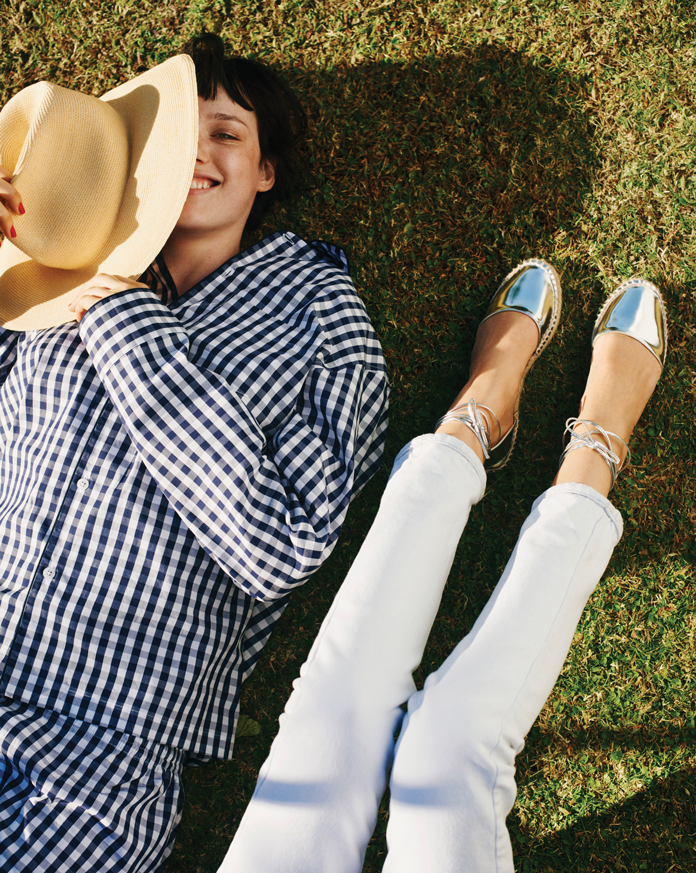
The advantage of being a known entity is that Spade can get access to gorgeous materials and expert craftsmanship right out of the gate. All of the Frances Valentine shoes and leather totes are made in Italy. That’s quite a step up from the initial designs she made back in the day. “The first bag I came out with was made from potato sack burlap, which we got out of the yellow pages in New York,” marvels Spade. “Everyone loved it, and someone asked, ‘Do you go to the Paris shows for your fabric?’ And I go, ‘Is there a show in Paris?’”
She’s well beyond those rookie days, but the next frontier Spade will have to master is social media—something that didn’t even exist in the ’90s but is now integral to any brand strategy. “My husband is an Instragram maniac,” she says. “He’ll show me our Instagram, and I’ll go, ‘Ok, I don’t really like that shot; and he goes, ‘Oh my god, I wish I hadn’t shown you this! Now you’re an expert at something you didn’t know anything about an hour ago!’”
Selfies, Snapchat—it’s all part of reinventing herself, something that Spade is well-prepared to do after having experienced such intense fame early in her career. “I think it made me work even harder, because you think you have to keep it going,” she says. “But it was a lot of fun, I have to say, it really was, I really enjoyed it.” Of this next phase, with Frances Valentine, she says, “Fingers crossed, it all works. I told my daughter, I want you to know that you should at least try. But you have to put everything into it. It’s not about hiring a bunch of people and having everyone else do the work. You have to be on top of it yourself, and completely invested. If it doesn’t work, will it be a sting? Yes, but you know you tried.”
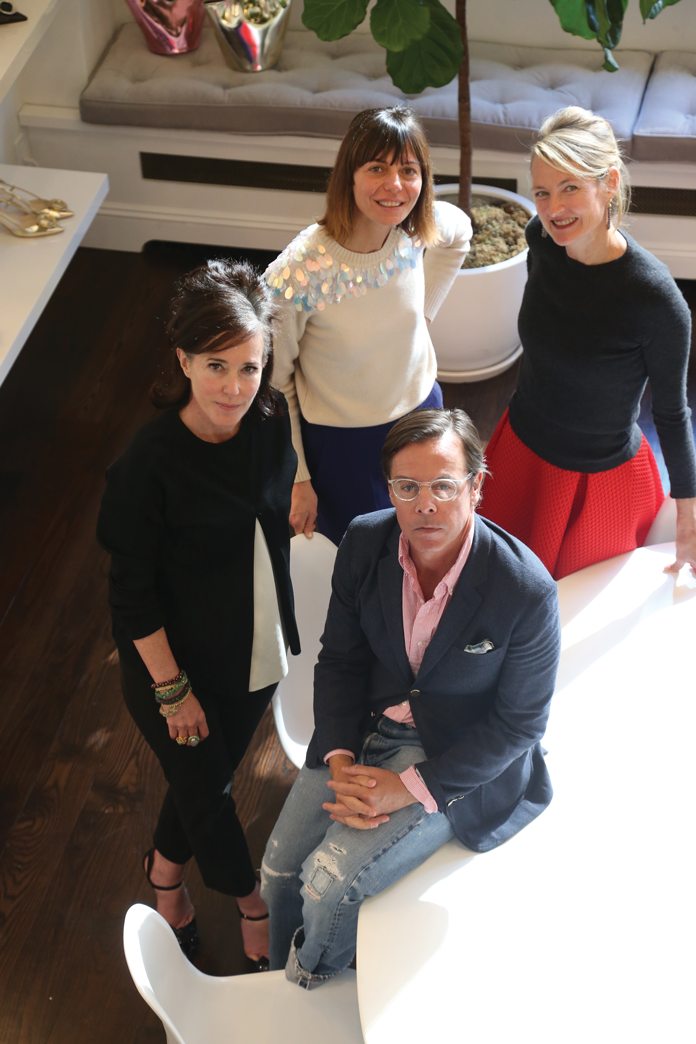
According to Kimberly Walin, co-founder of Walin & Wolff boutiques in New Canaan and Southport, CT, and Rye, NY, the launch of the Frances Valentine has been “one of the most successful” her stores have seen in the last few years. “It offers modern styling with a bit of whimsy and color,” Walin says, noting that the Alice L ankle-strap pumps and Noel L flat leather sandals have been particularly popular.
And Spade can always rely on her husband for a reality check. “He’s like, ‘It’s a journey, it’s a life, enjoy it.’” As a reminder, she need only look at the signature insignia of Frances Valentine—an irregular circle that appears on many of the shoes and bags. “Paola came up with it in Italy; she drew it with her eyes closed. Andy and I are like, ‘Oh my god, it’s so good!’ It didn’t look perfect. It was perfectly imperfect,” Spade says. In an industry that’s unpredictable and forever changing, the designer says she’s content to take things one step at a time. Down the line, who knows? “We could start experimenting with something else,” says Spade. “And maybe next time, I’ll close my eyes.”

